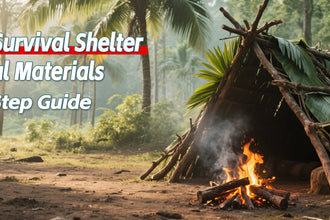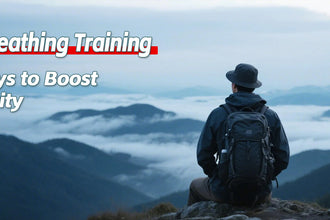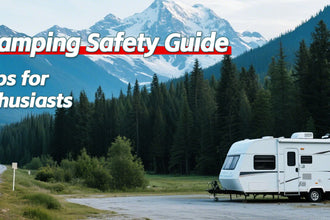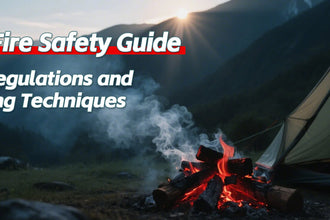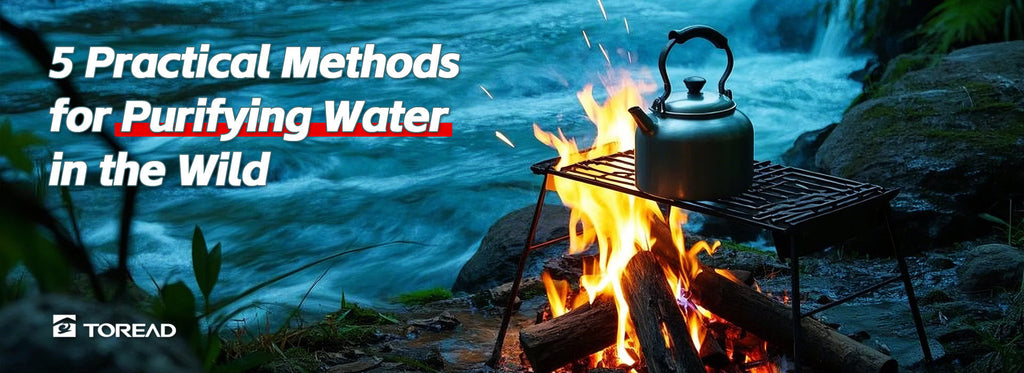

Access to clean water is critical for survival in the wilderness. Below are five reliable methods to purify water, along with step-by-step instructions, pros and cons, and key precautions.
1. Boiling
How it works:
Heat water to a rolling boil (100°C/212°F) for at least 1 minute (3 minutes at high altitudes).
Steps:
-
Collect water from a flowing source if possible.
-
Filter out debris using cloth or a coffee filter.
-
Boil over a campfire or stove.
Pros: Kills bacteria, viruses, and parasites.
Cons: Requires fuel and time; does not remove chemical pollutants.
2. Portable Water Filters
How it works:
Mechanical filtration removes pathogens and particles via microfiber membranes.
Steps:
-
Pump or squeeze water through the filter into a clean container.
-
Follow the manufacturer’s guidelines for maintenance.
Pros: Immediate access to clean water; lightweight options available.
Cons: Does not remove viruses (unless specified); filters can clog.
Recommended brands: Sawyer Mini, LifeStraw.
3. Chemical Treatment (Iodine/Chlorine Tablets)
How it works:
Chemicals like iodine or chlorine dioxide kill microorganisms.
Steps:
-
Filter cloudy water first.
-
Add tablets as directed (e.g., 1 tablet per liter).
-
Wait 30 minutes to 4 hours, depending on water temperature.
Pros: Lightweight and easy to carry.
Cons: May leave a taste; ineffective against some parasites (e.g., Cryptosporidium).
4. Solar Disinfection (SODIS)
How it works:
UV-A rays from sunlight kill pathogens in clear water.
Steps:
-
Fill a clear PET bottle with filtered water.
-
Place in direct sunlight for 6 hours (or 2 days if cloudy).
-
Shake periodically to enhance UV exposure.
Pros: No equipment needed; eco-friendly.
Cons: Requires clear water and strong sunlight; time-consuming.
5. Natural Filtration (Sand/Charcoal)
How it works:
Layered materials trap debris and absorb toxins.
Steps:
-
Build a filter using layers: gravel → sand → crushed charcoal → grass.
-
Pour water through the filter into a container.
-
Boil or chemically treat the filtered water afterward.
Pros: Uses natural materials; reduces sediment.
Cons: Does not fully purify; requires additional treatment.
Precautions:
-
Always prioritize clear, flowing water over stagnant sources.
-
Combine methods for safety (e.g., filter + boil).
-
Avoid water near industrial areas or agricultural runoff.
Water is life. Treat it with respect, and it will sustain you.







